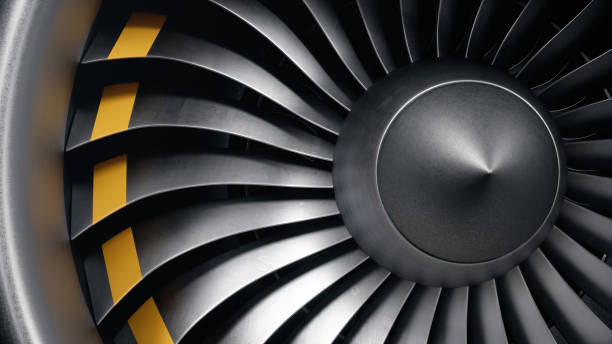
3D printing has become a popular choice for manufacturing parts for turbopumps and heat exchangers. 3D printed parts offer a number of advantages over traditional manufacturing methods, including shorter lead times, lower costs, and greater design flexibility.
3D printing is a manufacturing process that creates three-dimensional objects from a digital file. It is also known as additive manufacturing because it builds objects by adding successive layers of material. Unlike traditional machining processes, which involve subtractive methods such as milling and drilling, 3D printing offers a number of advantages, including shorter lead times and reduced waste.
3D printed turbopumps can be used in a variety of applications, including aerospace, automotive, and medical. 3D printed heat exchangers are commonly used in HVAC and refrigeration systems.
In the aerospace industry, 3D printing is being used to create parts for turbopumps and heat exchangers. These parts are typically complex in shape and require high tolerances. By using 3D printing, manufacturers can produce these parts with fewer steps and in less time than traditional methods. In addition, 3D printing eliminates the need for tooling, which can further reduce lead times. As the technology continues to evolve, it is likely that 3D printing will become increasingly commonplace in the aerospace industry and beyond.
For years, 3D printing has been used to create prototypes and small batches of parts. However, the technology is now being used to produce larger objects, such as engine parts for turbopumps and 3d printed heat exchangers. In many cases, 3D-printed parts are stronger and more accurate than those produced with traditional manufacturing methods. As a result, 3D printing is increasingly being adopted in the aerospace and automotive industries. In the future, it is likely that even more complex objects will be produced using this versatile technology.
Unlike traditional manufacturing methods, which involve subtracting material from a larger block or adding material to build up an object layer by layer, 3D printing starts with a digital model and creates the object by adding material one layer at a time.
This process has several advantages over traditional manufacturing methods.
- First, it is much faster and can be done on demand, without the need for costly molds or tooling.
- Second, it is highly customisable, allowing for the creation of objects with unique shapes or features that would be difficult or impossible to create using traditional methods.
- Finally, it is relatively inexpensive, making it a viable option for small-scale production. As 3D printing technology continues to develop and become more accessible, it is likely to have a disruptive impact on many industries, from manufacturing to healthcare.
As additive 3d Metal Printing Business continues to evolve, it is likely that more and more parts for turbopumps and heat exchangers will be 3d printed. This could have a significant impact on the manufacturing process for these components, as well as on the cost and time required to produce them.




